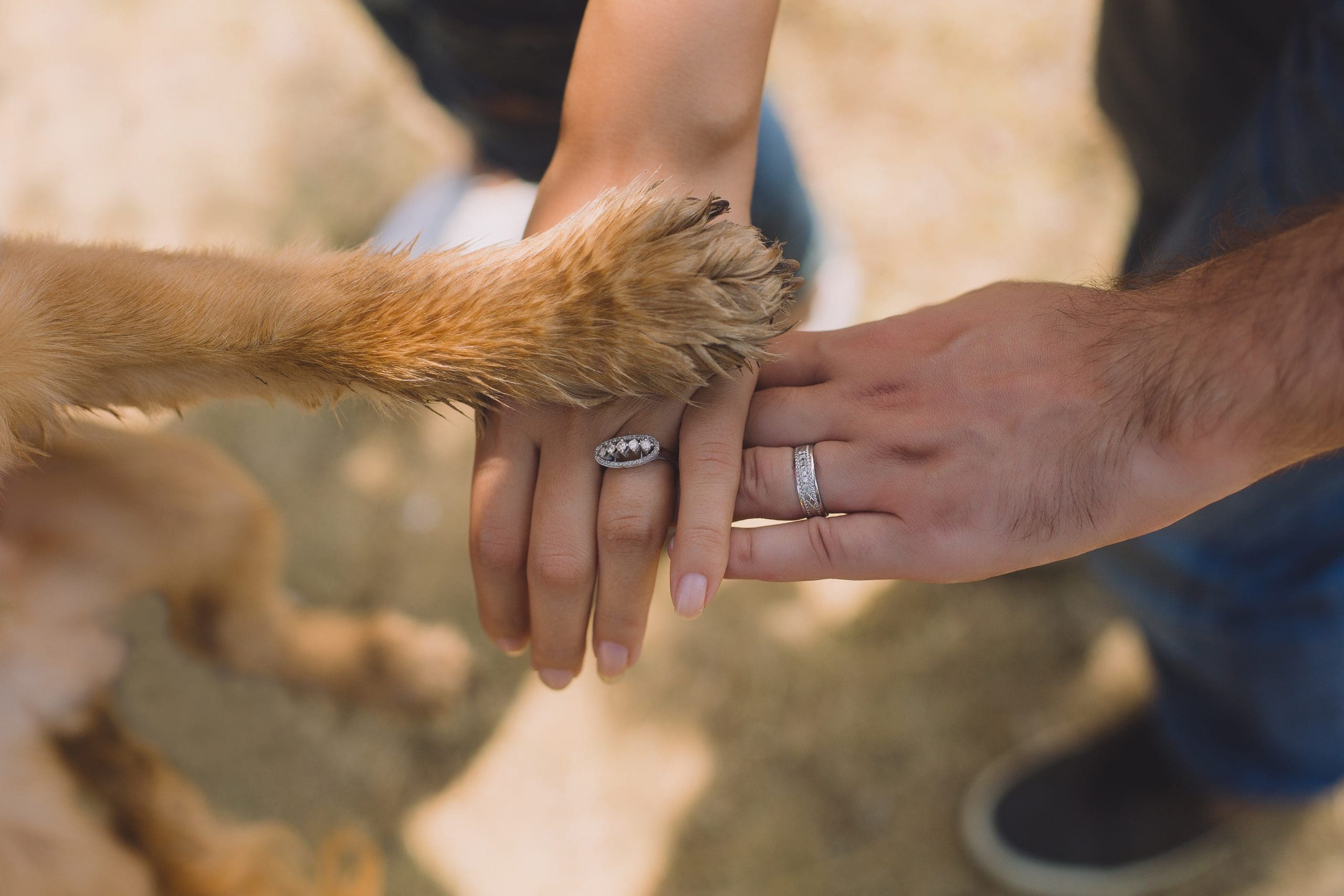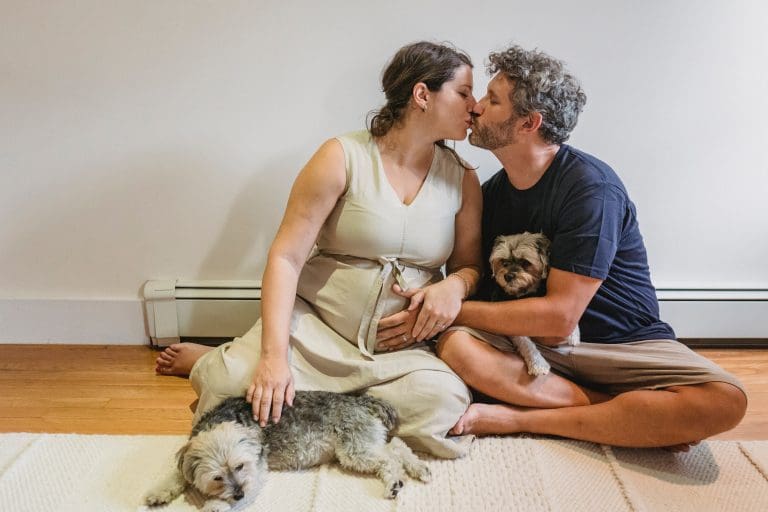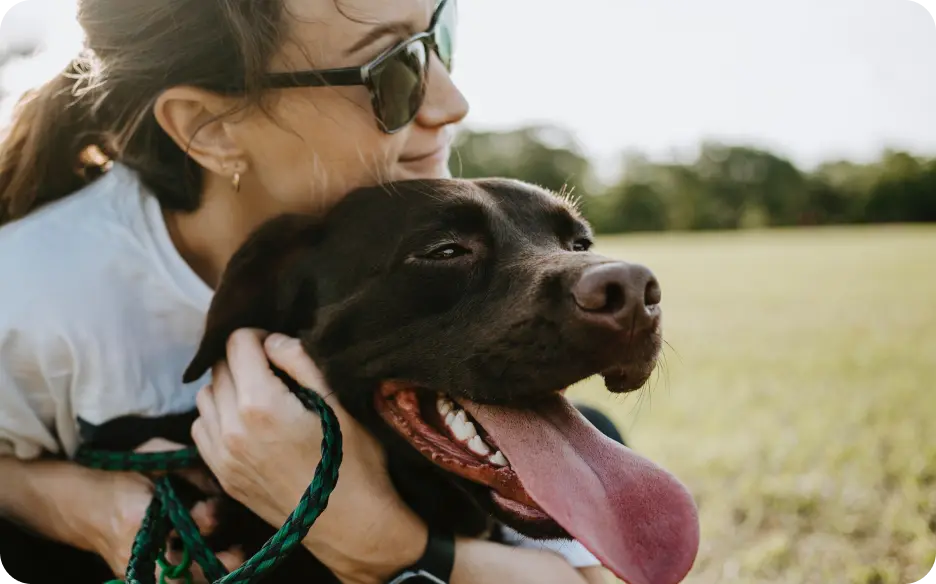Why Do Dogs Smile?
Post Date:
December 10, 2024
(Date Last Modified: December 10, 2024)
Many dog owners have noticed that their furry friends seem to smile. This joyful expression can be heartwarming but raises an interesting question: why do dogs smile? Understanding the reasons behind this behavior can enhance our bond with our pets and help us respond to their needs better.
Different Expressions of Happiness
Dogs express themselves in ways that differ from humans. While we often associate a smile with happiness, a dog’s smile can convey a range of emotions. When dogs appear to smile, they typically have a relaxed mouth, possibly slightly open with a tongue hanging out. Their eyes may appear bright and soft, reflecting contentment. This expression often arises during play, while receiving affection, or even during moments of relaxation with their favorite humans.
Social Nature and Communication
Research suggests that a dog’s smile may be linked to their inherently social nature. Dogs thrive on interaction with both humans and other dogs. Engaging in play or enjoying quality time with their owners often leads to behaviors that we interpret as happiness. The act of “smiling” may serve as a way for them to communicate their enjoyment and satisfaction during these moments. Just like humans, dogs can feel a surge of happiness when in a positive environment surrounded by loved ones.
Mirroring Human Emotions
Dogs have an incredible ability to read human emotions. They can often sense when someone is happy, sad, or stressed. When a dog sees a smiling human, they may instinctively respond with a similar expression. This mirroring effect can create a deeper emotional connection between the dog and their owner. If their human is smiling and relaxed, the dog may feel more at ease, expressing that through their own facial expressions.
Joyful Activities and Positive Reinforcement
Dogs often smile when engaged in activities they enjoy, such as playing fetch, going for walks, or receiving belly rubs. Positive reinforcement plays a crucial role in this happiness. When dogs are rewarded with treats, affection, or praise, they associate these experiences with joy. Their “smile” can reflect that happiness. Over time, dogs learn to connect specific actions or stimuli with positive outcomes, reinforcing their cheerful demeanor.
The Playful Side of Dogs
Play is essential for a dog’s physical and mental well-being, and it can elicit smiles. When dogs chase a ball or romp around with their favorite toy, they often exhibit behaviors that resemble smiling. Their excitement during play can lead to a relaxed mouth and bright eyes, creating that endearing expression we recognize as a smile. This playful behavior serves a practical purpose, allowing dogs to express their natural instincts, socialize, and expend energy.
Body Language and Emotional State
Dogs are highly expressive creatures, and their body language communicates a lot about their emotional state. A relaxed dog typically exhibits a loose body posture, wagging tail, and that familiar “smile.” This relaxed demeanor fosters a sense of calm, making it easier for dogs to bond with their humans. When a dog appears to smile, it often comes with other signs of comfort, like a wagging tail or leaning into their owners. These behaviors signal trust and affection, reinforcing the emotional connection between dogs and their families.
Breed Differences in Smiling
The concept of a dog’s smile can also vary between breeds. Some breeds are more prone to display what we interpret as smiles. For instance, golden retrievers and Labradors are known for their friendly, outgoing personalities and often showcase a wide range of expressions, including smiling. Conversely, more reserved breeds may not exhibit this behavior as prominently, but that doesn’t mean they aren’t happy. Each dog has its unique way of expressing joy, influenced by breed characteristics and individual personality.
Understanding the Context of a Dog’s Smile
While a dog’s smile often reflects happiness, it’s important to recognize that it may not always indicate joy. In certain situations, a relaxed mouth and open expression can serve as a coping mechanism. For instance, when anxious or uncomfortable, a dog might exhibit this expression to calm themselves or show submission. Observing other body language cues, such as tail position, posture, and vocalizations, can provide clarity on what a dog is truly feeling.
Creating a Safe and Loving Environment
Fostering an environment where dogs feel safe and loved is vital for their emotional well-being. Regular exercise, mental stimulation, and social interaction contribute significantly to their happiness. When dogs feel secure and fulfilled, they are more likely to show their joyful side, including those adorable smiles. This responsibility as pet owners extends beyond providing basic care; nurturing their emotional health is equally important.
The Role of Training in Happiness
Positive reinforcement training builds trust and confidence, strengthening the bond between the dog and owner. When dogs learn new skills or tricks, their joy often manifests as smiling. This not only enhances the relationship but also gives dogs a sense of purpose and accomplishment.
The Unique Human-Dog Bond
The relationship between humans and dogs is built on mutual understanding and love. Learning to interpret our dog’s expressions allows us to respond more effectively to their needs. A smile from our dog serves as a reminder to savor life’s simple pleasures together. Whether it’s a long walk in the park, a game of fetch, or simply cuddling on the couch, these shared moments enrich both our lives and theirs.
Celebrating the Joy of a Dog’s Smile
The question of why dogs smile reveals the emotional depth of our pets. Their smiles reflect not just happiness but also the bond we share. By fostering environments that promote joy and understanding, we nurture that bond, ensuring our dogs lead fulfilling lives. Each time you see your dog smile, take a moment to appreciate the happiness you both share. It’s a beautiful reminder that love and joy can be expressed in the simplest of ways.






